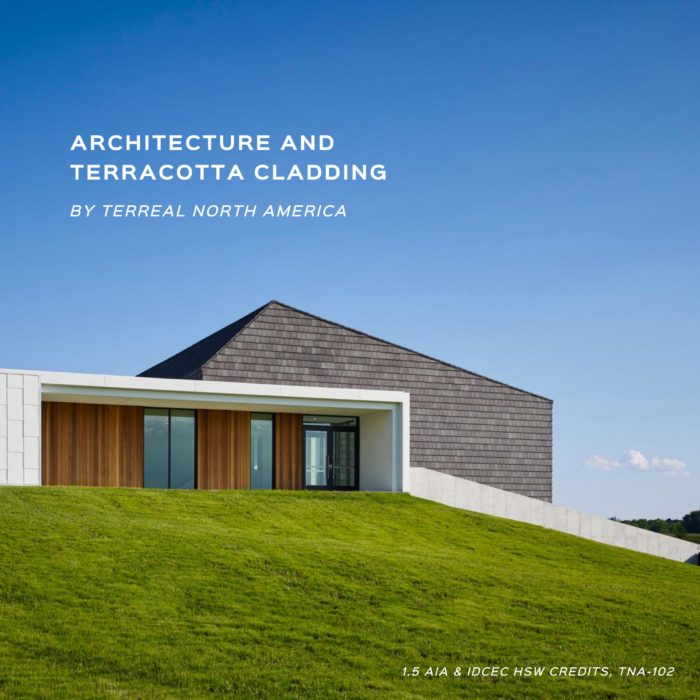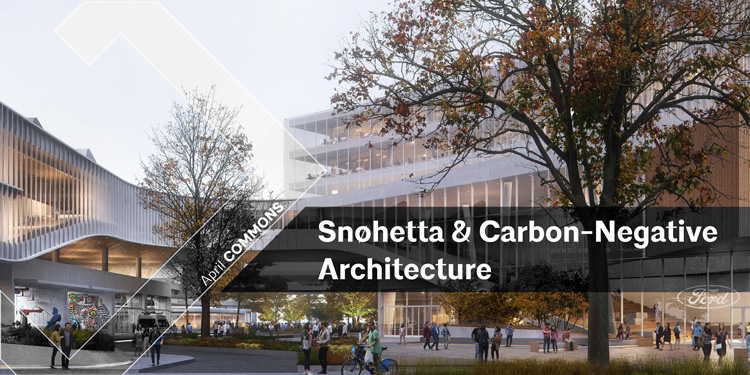

- Architect 5 hsw registration#
- Architect 5 hsw code#
- Architect 5 hsw professional#
- Architect 5 hsw windows#


It will also cover design paradigms of larger units within the design/build industry, as more glass is used and larger units allow indoor living areas to extend to the outdoors. It will discuss how performance characteristics can be useful in specific applications.
Architect 5 hsw windows#
This course will provide information on different types and functions of windows & doors. #KKWDS02 – 1 LU/HSW credit 2 – Right Product for the Right Environment: Window & Door Types, Functions & Applications Window and door options, trends, services, and design tools are considered in providing solutions to design challenges. This course discusses how windows and doors relate to the overall design of an educational facility, whether it is a renovation or new construction project. He has arbitrated and mediated construction industry disputes for over 20 years, and prepared and presented numerous loss prevention and educational programs to design professionals in various venues across the United States and Canada.1 – Window and Door Solutions for Educational Facility Design Challenges As a Fellow of the American Institute of Architects, and chair and hearing officer of the AIA National Ethics Council, he has demonstrated his impact on the construction industry.
Architect 5 hsw professional#
Pempus, FAIA, Esq., NCARB, Risk Manager, DesignPro Insurance Group, A Wichert Insurance Agency, and Chair|Hearing Officer, AIA National Ethics CouncilĮxperienced in architecture, law and liability insurance with a background in the construction industry, Eric Pempus has been a risk manager for over the last 15 years, and an adjunct professor preparing and teaching professional practice undergraduate and graduate courses for the last 33 years. Identify and discuss a client's proposed terms and conditions in an agreement that prevents an architect from disclosing certain client confidential information, such as the responsibility to comply with a court order relating to an architect's obligations to the citizenry, will compromise the health, safety and welfare of the public.Įxamine and discuss a client's proposed terms and conditions in an agreement that interferes with an architect's obligations, because the owner's program creates a hazard to the citizenry, will compromise the health, safety and welfare of the public.Įric O. 6.5, and Rule 6.501) and that are unstainable contractual conditions, will compromise the health, safety and welfare of the public.Ĭompare and evaluate a client's proposed terms and conditions in an agreement that creates a fiduciary duty on the part of an architect to its client, which puts the interests of the client ahead of an architect's responsibility to the citizenry, will compromise the health, safety and welfare of the public.
Architect 5 hsw code#
Learning ObjectivesĮxamine and discuss a client's proposed terms and conditions in an agreement that are contrary to environmental principles in the new 2020 AIA Code of Ethics & Professional Conduct (E.S.

Architect 5 hsw registration#
Registration deadline 5pm on Wednesday, November 17, 2021. Welfare: Occupants, users and any others are directly affected by an architect's contract terms when its client requires that all of its confidential information may not be revealed contrary to the welfare of the public's welfare. Safety: Occupants, users and any others are directly affected by an architect's contract terms that must be negotiated so that its client's interests are not inconsistent with safety and well-being, such as a fiduciary duty in favor of the client ahead of the public's safety. Health: Occupants, users and any others are directly affected by an architect's contract terms that must be negotiated to comply with the ethical environmental concerns for the public's health. And, if an architect does not honor these obligations, they would be non compliant with their state code conduct, and if they are an AIA member, the AIA Code of Ethics & Professional Conduct. This program examines those terms, not from the architect's risk management perspective, but from the standpoint of an architect's foremost and fundamental obligations to protect the health, safety and welfare of the public. A continuing education program that discusses certain contract terms in design professional agreements, proposed by the client, typically focuses on how an architect has to negotiate away from onerous provisions and conditions for their risk management.


 0 kommentar(er)
0 kommentar(er)
